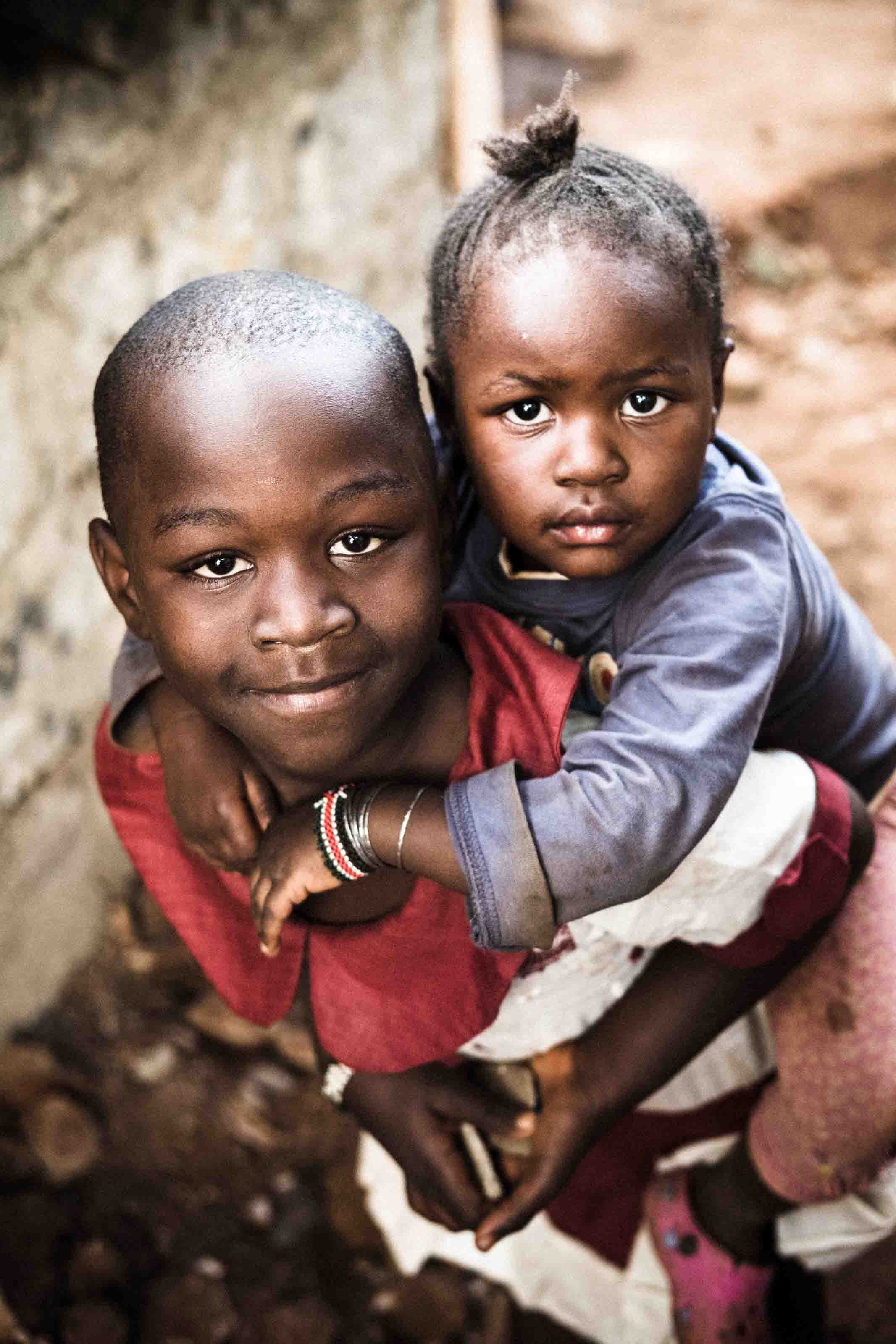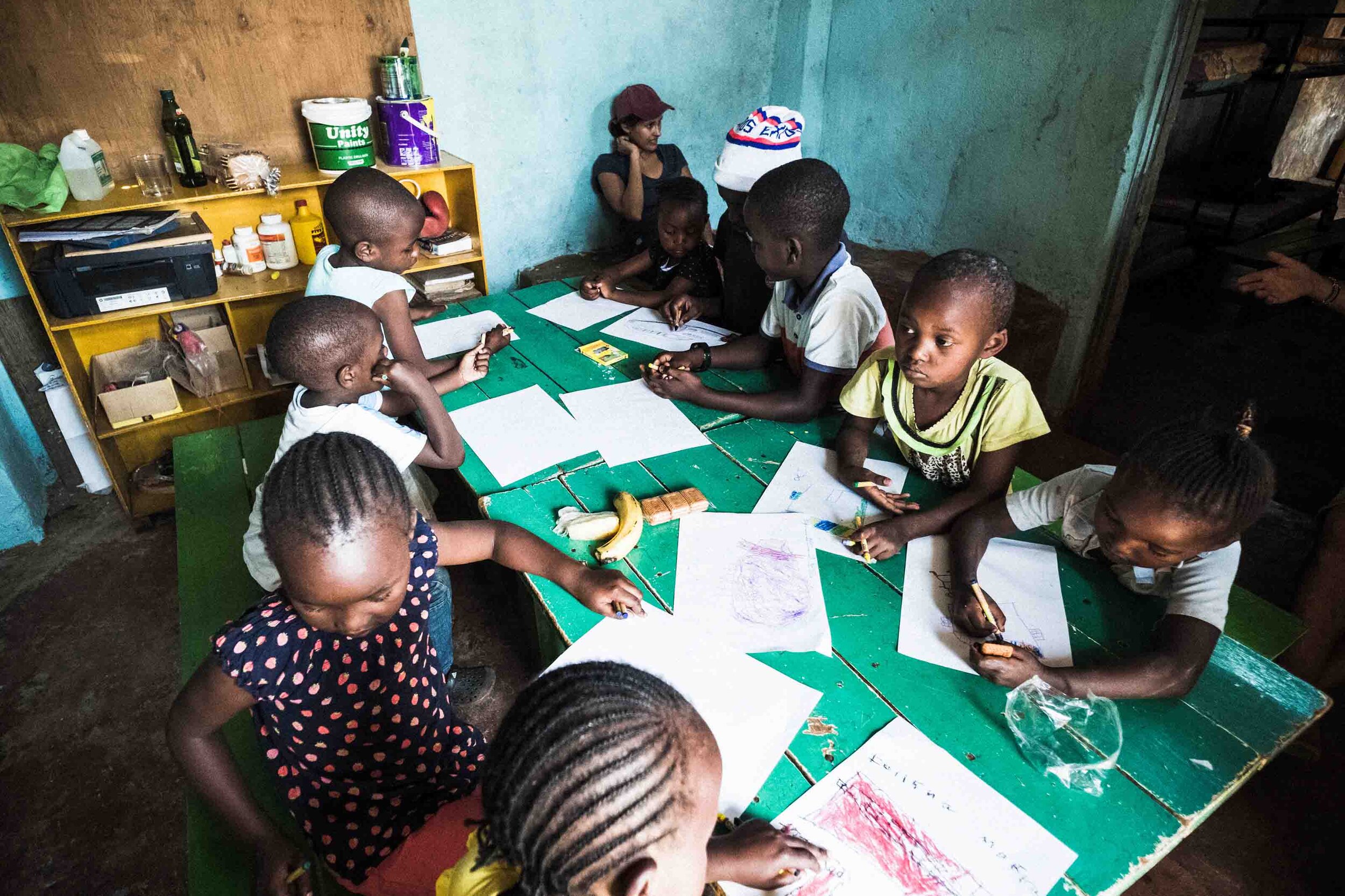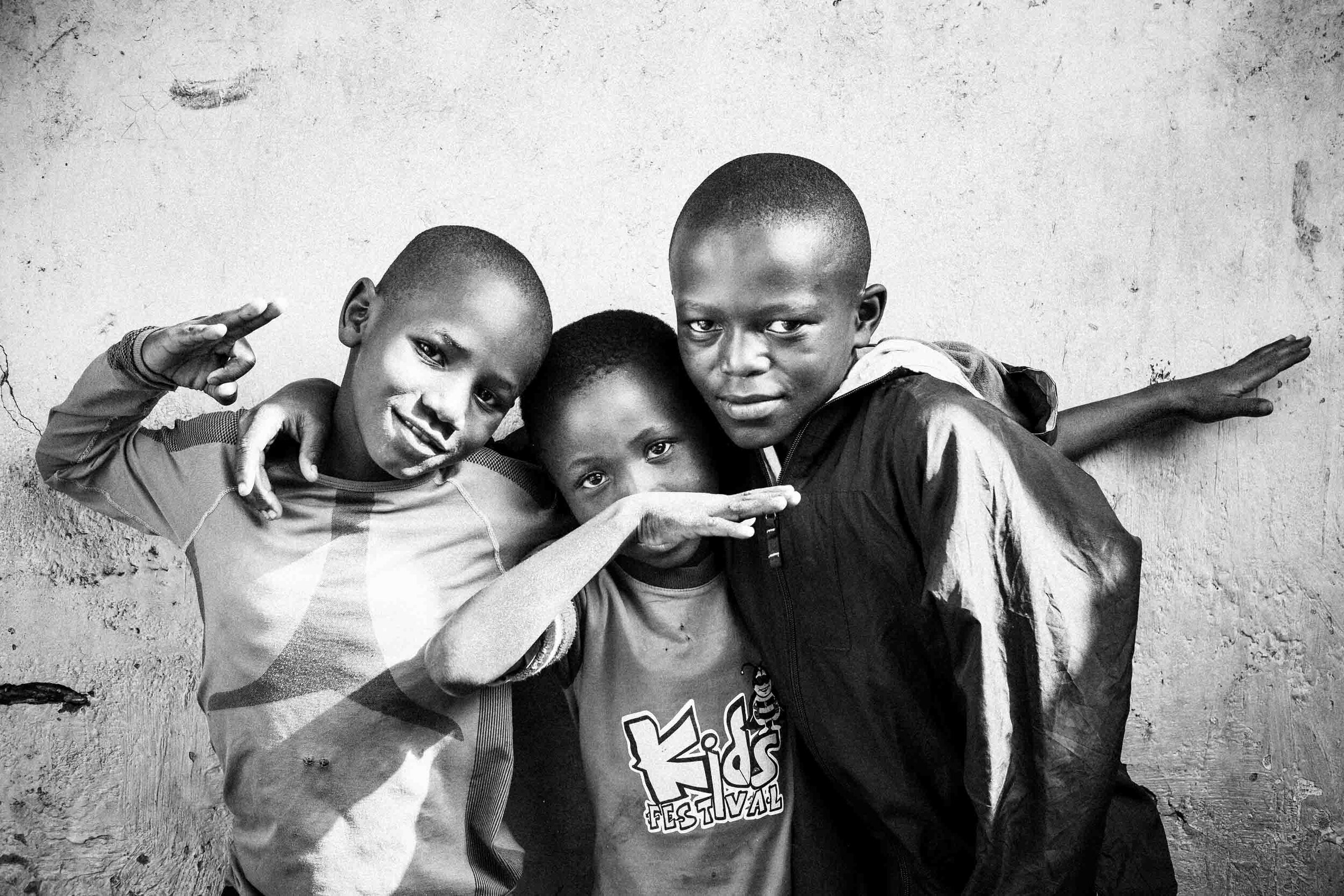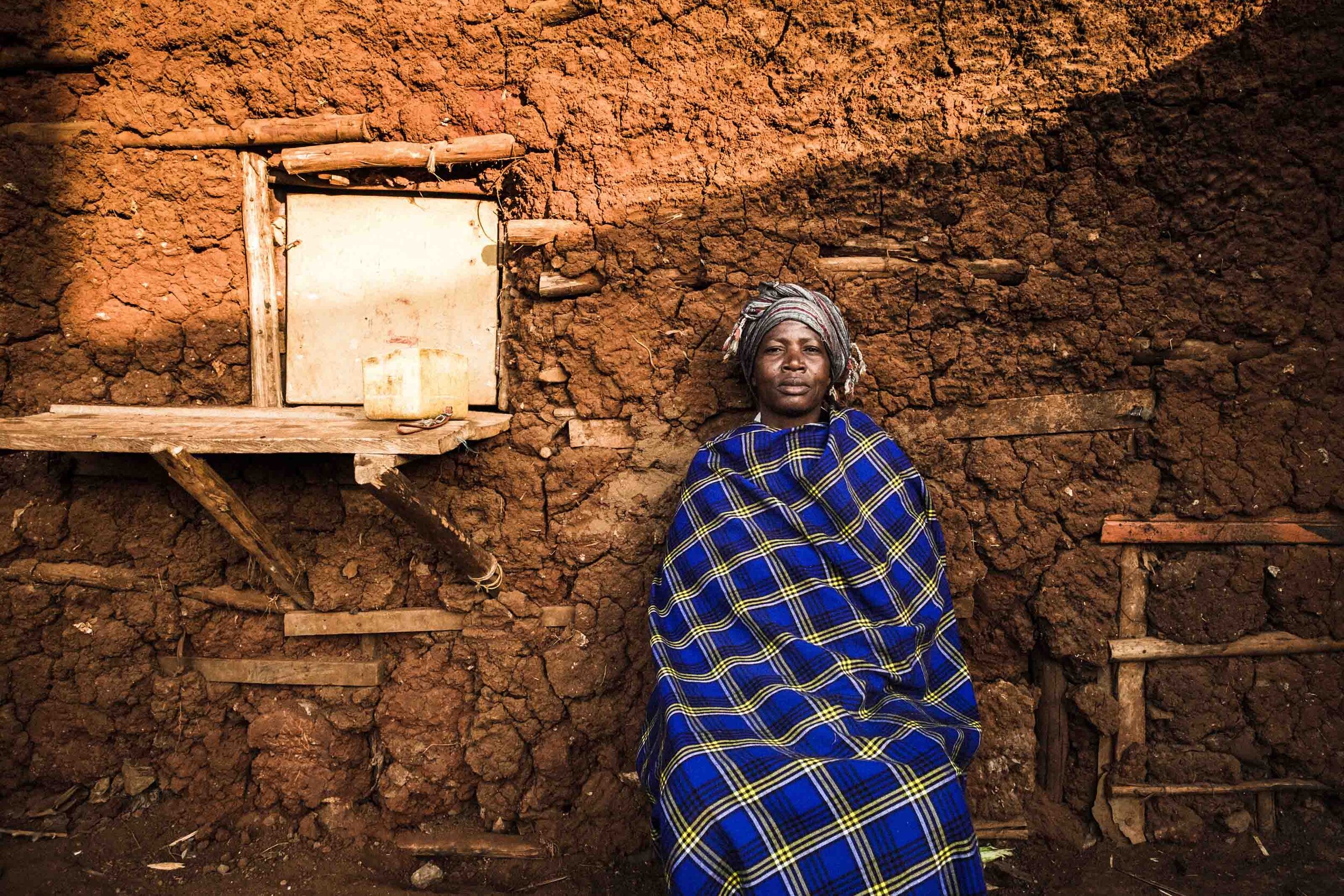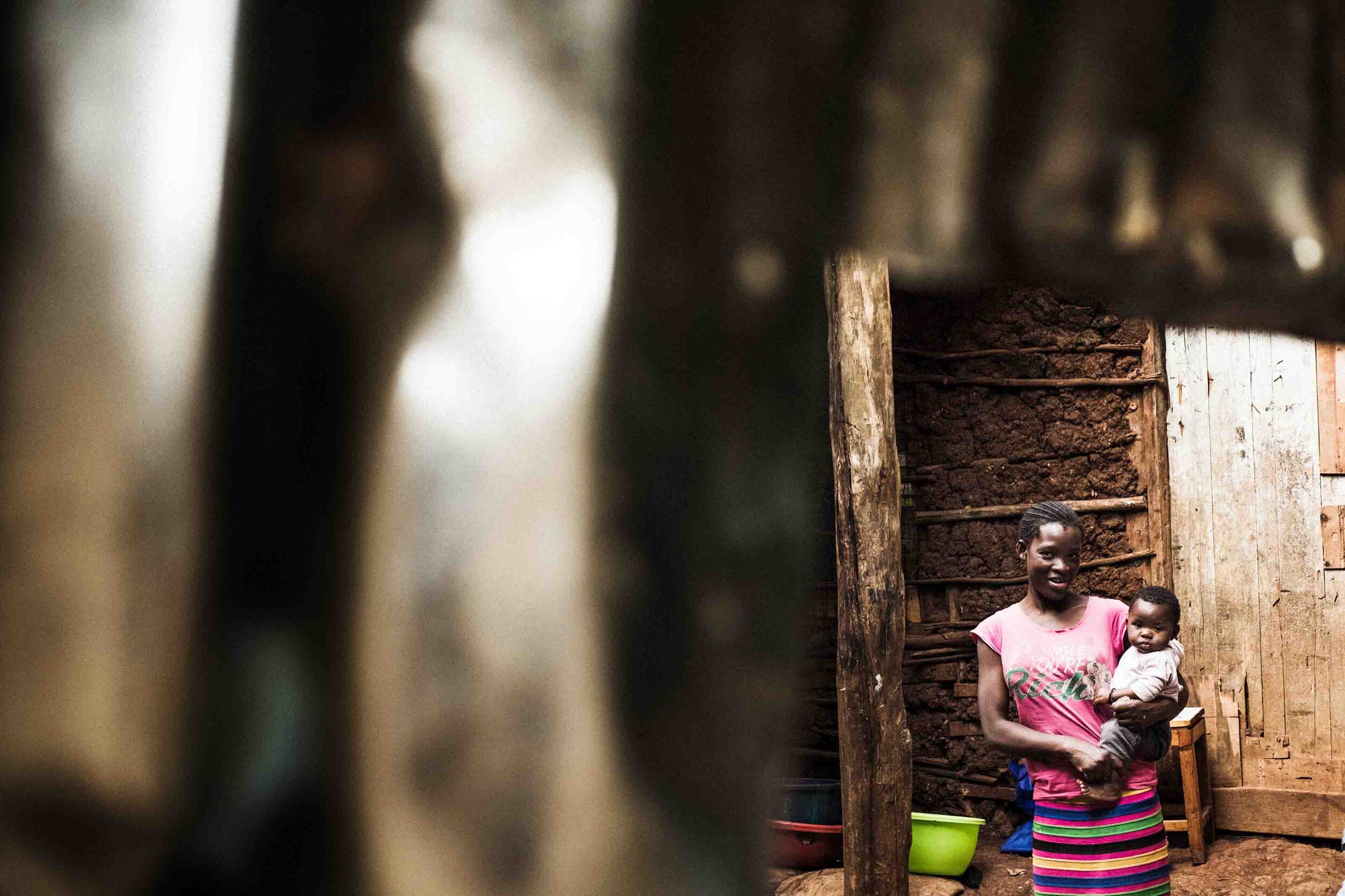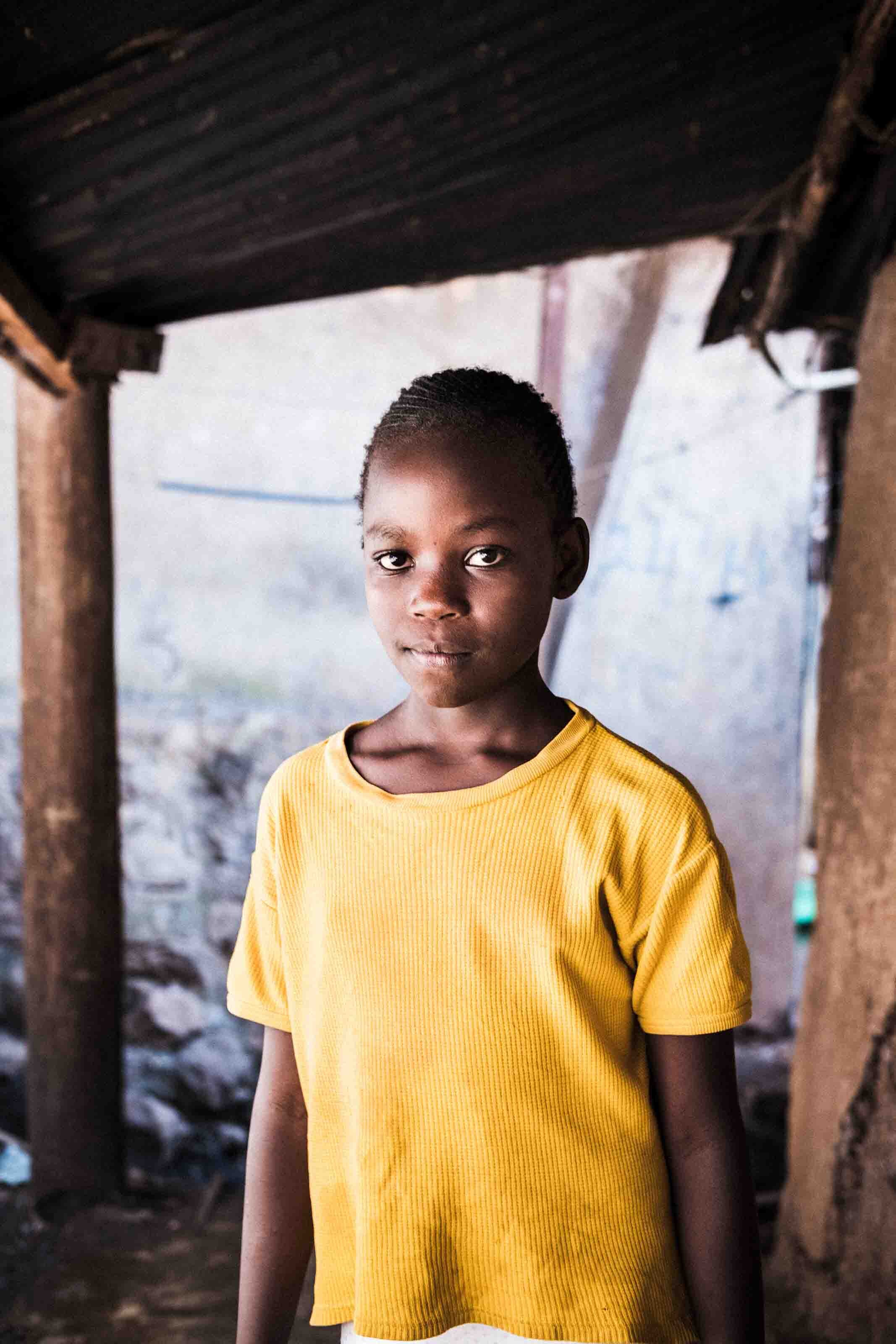KIBERA
KIBERA IS A NUBIAN WORD THAT MEANS FOREST OR JUNGLE…
Kibera is a division of the Nairobi Area, 6.6 kilometers away from the city center. Its known to be one of the largest slums in urban Africa. Roughly 900,000 people live here. It is a city within a city. Most of Nairobi’s work force comes from Kibera. Like many neighborhoods, there are bad parts and good parts of town. After the First World War, the British government allowed the Nubians to settle in a forest at the edge of Nairobi, as a reward for their service. However, after Kenya’s independence, the government claimed this land as its own. Nubians continued to built and spread urbanization in Kibera, welcoming new comers from all over the country. Nowadays, Kibera is surrounded by the richest areas of Nairobi and it is also close to the industrial area. These two areas provide job opportunities that attract rural Kenyans.
There are 13 total villages in Kibera. Each has their own chief and government officials. Kibera is a ‘melting pot’ of cultures. Many new residents come rural areas. For many rural Kenyans, Kibera offers a place for affordable housing, something of which they would not be able to find in the city of Nairobi. Job insecurity is still a real problem: 45% of employed people are self-employed or those who get work on a day-day basis. Both activities do not guaranty a regular income so households are still vulnerable and poor. The main activity for women is self-employment (24%) with activities such as selling vegetable or fish and cooking local food. The average income for women is 42% lower than the average man’s. Women have to look after their young children, do the house work therefore, they have less time for working outside.



